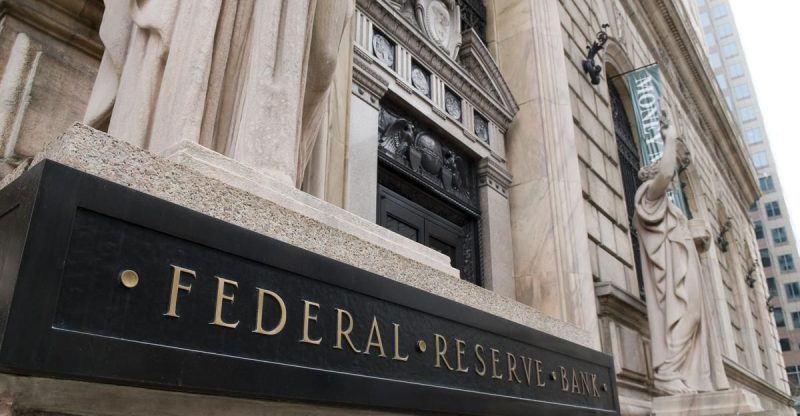Federal Reserve Bank Of San Francisco Discovers Why BTC’s Value Has Declined
This past Monday, the Federal Reserve Bank of San Francisco in collaboration with a professor from Stanford University released a statement that notes that bitcoin-based futures markets affected the cryptocurrency’s price patterns ever since Cboe and CME launched the product.
For some time now the U.S Federal Reserve system has been showing a lot of interest in bitcoin as of late and has also published a good number of reports from Federal Reserve leaders and researchers.
For the past four months of this year, the price of BTC has just been decreasing in value and thanks to the Federal Reserve Bank of San Francisco along with some researchers from Stanford University, they have discovered the main reason why. They believe that bitcoin future markets are the ones to blame for the dip in BTC’s value.
The report was posted on the central bank’s economic research reports website and was written by Galina Hale, Arvind Krishnamurthy, Marianna Kudlyak, and Patrick Shultz. The federal searchers state that the bitcoin derivatives markets that came into being this past December suggest a correlation with the decline in the cryptocurrency’s value, the same way many other markets are affected by futures products in the past.
The report notes that since the initial release of BTC, its value stayed under $4,000 however increased dramatically to nearly $20,000, but descended rapidly starting in mid-December.
In addition to that, the researchers also stated that the peak price coincided with the introduction of bitcoin futures trading on the Chicago Mercantile Exchange. The rapid run-up and subsequent fall in the price after the introduction of futures does not appear to be a coincidence. Rather, it is consistent with trading behavior that typically accompanies the introduction of futures markets for an asset.
The report also notes that the price dip that followed after the issuance of bitcoin futures on the CME is clearly larger than in the previous two reversals. Additionally, the two earlier decreases in prices returned to pre-crash levels in about a month – As of late April, the bitcoin price had not returned its pre-futures peak. The report went on to elaborate on why this is the case by stating: “We suggest that the rapid rise of the price of bitcoin and its decline following the issuance of futures on the CME is consistent with pricing dynamics – Once derivatives markets become sufficiently deep, short- selling pressure from pessimists leads to a sharp dip in the value.”
The report concludes with the following statement: “As speculative dynamics disappear from the bitcoin market, the transactional benefits are likely to be the factor that will drive valuation.”





